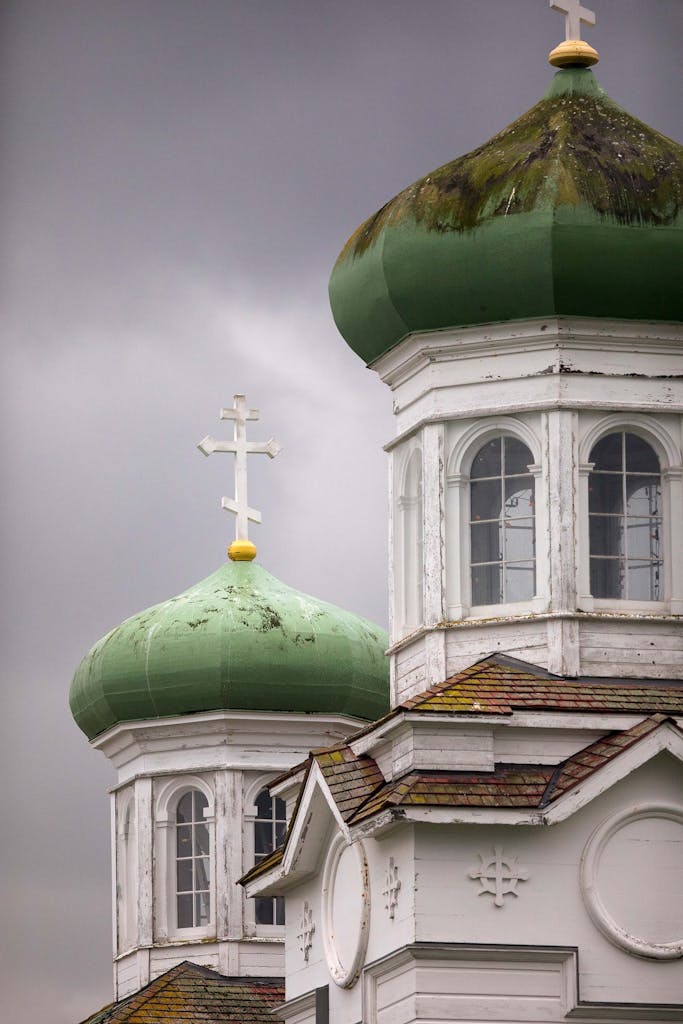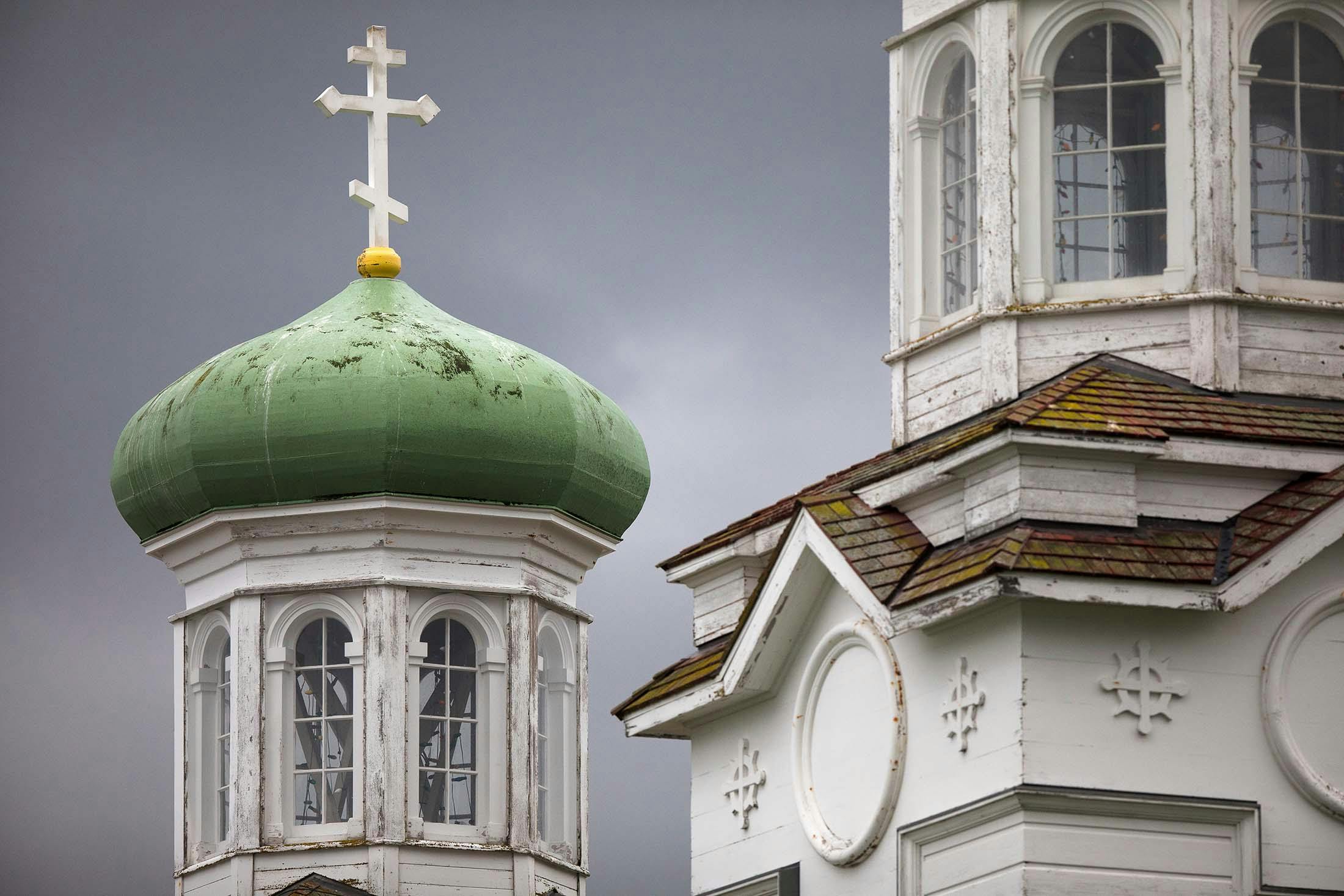The History of the Last Frontier: Bering, Russian America, and the Alaska Purchase
Waves crash onto the shore around me as my Zodiac pulls up to the rocky beach of Kayak Island. Slippery, snail-covered stones cover our landing site. It’s a hostile pathway that I will navigate carefully. As I begin the walk, being careful not to slip or lose balance, I can’t help but picture naturalist Georg Steller stepping ashore into this new world.
Fresh from his 1741 crossing of what is today known as the Bering Strait, Steller was under the command of Danish explorer Vitus Bering. He had successfully survived a potentially treacherous trip across uncharted waters. While my journey has been undoubtedly more comfortable than what they experienced, I still feel eager to be here, following in the footsteps of Bering and Steller.
The barks and whines of Steller sea lions echo through the air, and the sound is as welcome to me as it would have been to Bering’s crew all those years ago. In his brief time ashore, Steller documented several new species of plants and animals, many of which now bear his name. From the beach, I spot one of the birds Steller identified, known as the Steller’s Jay. For him, this bird had proved “we were really in America,” as he had read about a similar-looking bird in the Carolinas on America’s eastern coast.
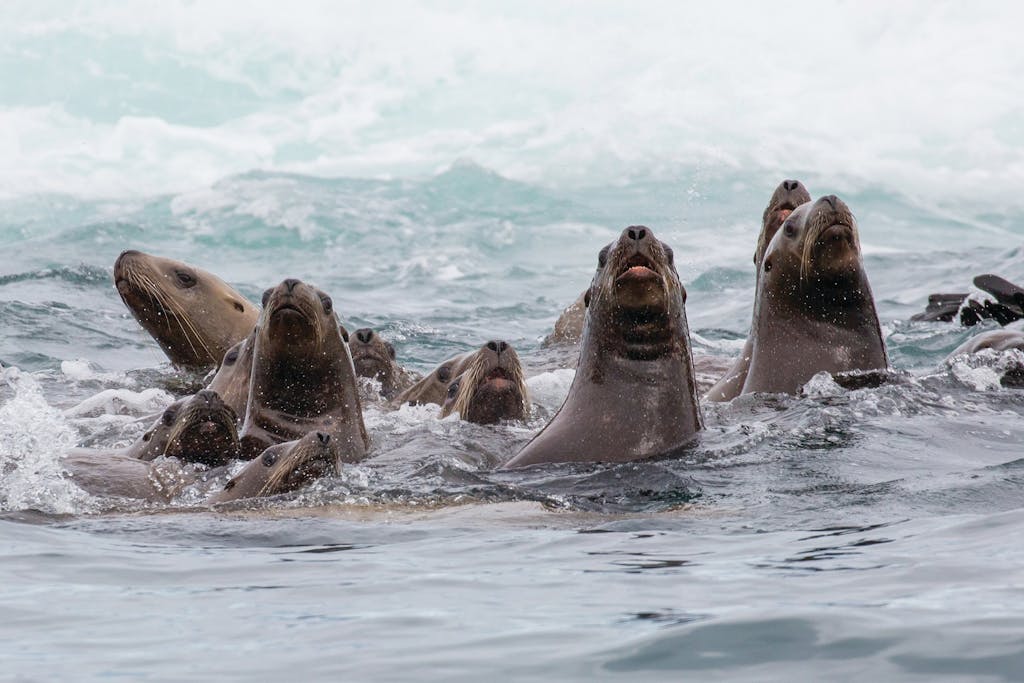
The Launch of the Great Northern Expedition
Steller’s discoveries took place during the Second Kamchatka Expedition, also known as the Great Northern Expedition. It was the second expedition that Vitus Bering and his men took to the Russian Far East. They also planned to venture to the unexplored coasts of America that, until then, were only hypothesized to exist.
The summer of 1741 saw Bering’s two ships, the St. Peter and the St. Paul, sail from the port of Petropavlovsk into uncharted territory. Although the ships were separated soon after leaving Russia, they both made it to North America. The parties that the St. Paul sent to land mysteriously vanished. But Steller’s day ashore on Kayak Island was enough to convince the Russian czar that riches and opportunities existed to the East across the sea.
Unfortunately, many specimens that Steller collected were lost when the St. Peter shipwrecked off what is today called Bering Island in the Bering Sea. It was there that Bering and dozens of other men died of scurvy. Still, Steller and a few other men were able to salvage enough materials from the wreckage of the St. Peter to build a small ship and return to the Russian Far East.
They returned with stories of the new lands and one item that would spark a rush to the new coastline: the sea otter pelt. The densest fur in the world at up to one million hairs per square inch, it would eventually bring new wealth to the expanding Russian Empire.
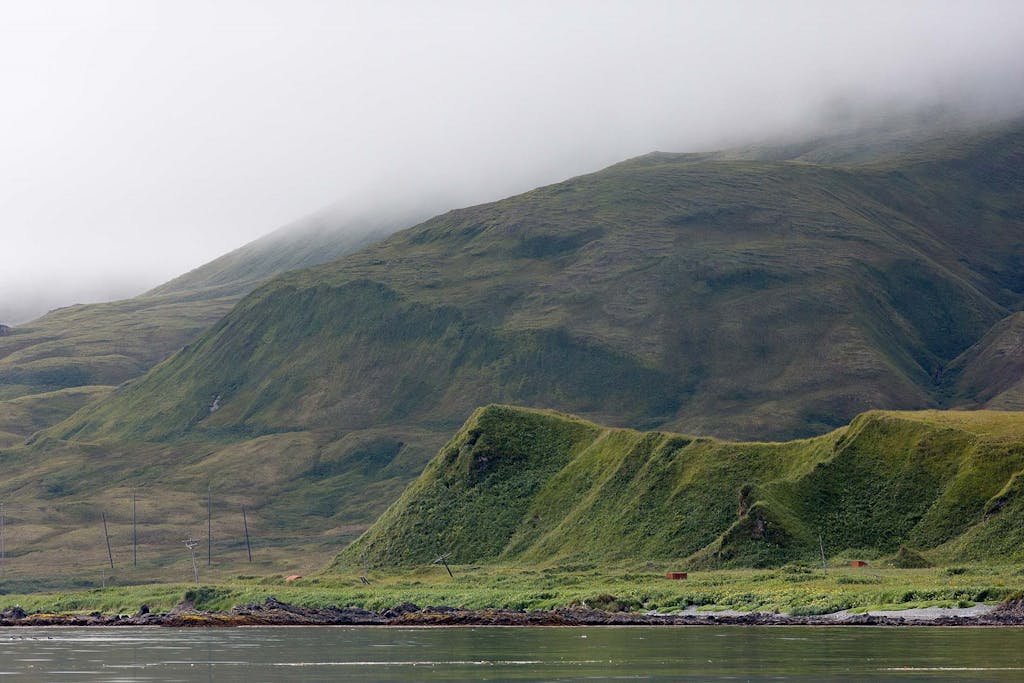
The Establishment of Russian America
Steller’s descriptions of this new world with an abundance of animals would lead to a rush of fur traders to these lands. Soon, the colonization of Alaska led to the establishment of Russian America. The region was primarily governed by the Russian-American Company, which was founded by Grigory Shelikhov to monitor the fur trade in Russia’s new territory.
Shelikhov also established the first Russian settlement in the history of Alaska at Three Saints Bay, which is located on Kodiak Island. The Russian merchant ordered the killing of many native Alutiiq people who resisted the Russian presence in their territory, setting a hostile precedent between the settlers and indigenous people. Russian fur traders also forced both Alutiiq and Aleut people to work as hunters because these men were much more skilled at hunting in the harsh waters than the Russians.
Indigenous people didn’t become more integrated into colonial life until the end of the 18th century when many Russian Orthodox churches in Alaska began holding services in native languages. The last armed conflict between the indigenous people of Alaska and the Russians occurred in 1804 during the Battle of Sitka. The Tlingit people of today’s Baranov Island attacked and secured a Russian trading post on the island, but the Russians retook the settlement. They created Novo-Archangelsk, now known as Sitka, the capital of Russian America and Alaska until 1906.
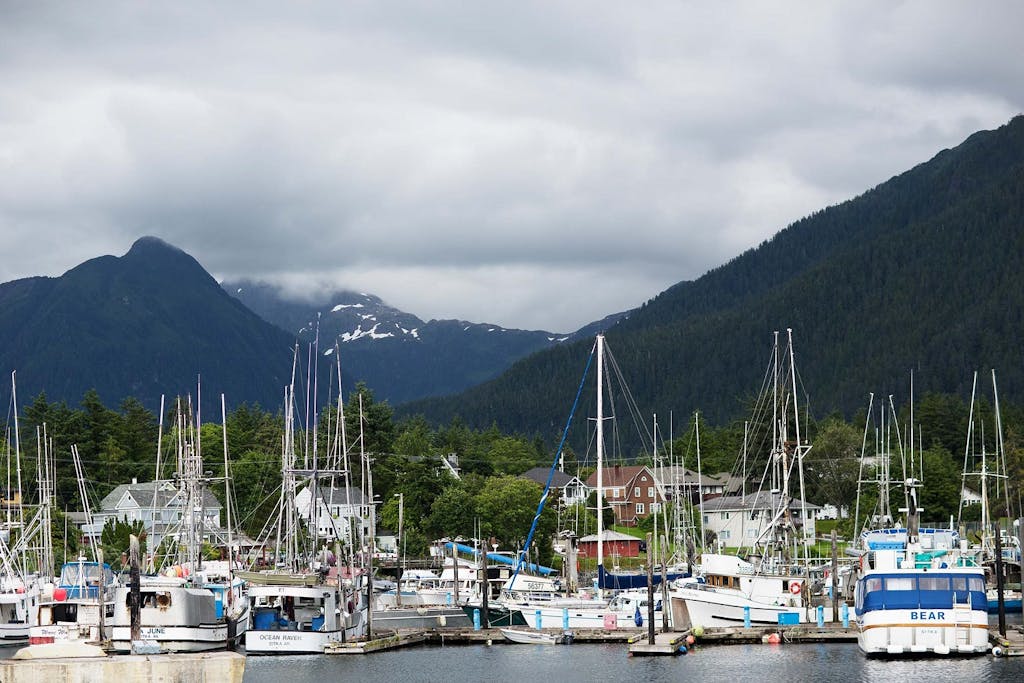
The Alaska Purchase & Origin of Seward’s Folly
The 1867 Treaty of Cession gave present-day Alaska to the United States for the low cost of only USD 7.2 million dollars, roughly $113 million in today’s world. The Alaska Purchase, nicknamed “Seward’s Folly” after the United States Secretary of State who negotiated the deal, was widely ridiculed. Many Americans could not understand why the government would buy a faraway “icebox.”
But there’s a reason why Russia sold Alaska at such a shockingly low cost. The Russian-American Company soon found itself in debt because of the cost of running a colony across the ocean and also a significant decline in profits from the overharvesting of sea otters.
The Russian population in Alaska at the time numbered only about 800 people, many of whom longed to return to their homeland, as the comforts of everyday life in Alaska were few and far between. Russia and Great Britain also faced a boundary dispute over the territory of Alaska—the former feared that it was only a matter of time until the latter claimed Alaska for itself.
The Crimean War forced the Russian government into bankruptcy and further strained relations between the two nations. At that point, Russia saw no other option but to sell its unprofitable territory to its American allies.
The Russian heritage of Alaska remains visible throughout the state. Many towns boast a skyline of onion domes, marking the Russian Orthodox Churches that still hold services on Sundays. Stores in towns that developed from Russian settlements in Alaska sell Matryoshka dolls, better known as Russian nesting dolls, and small cafes still serve Russian food. There is no doubt that Russian culture in Alaska lives on today.
